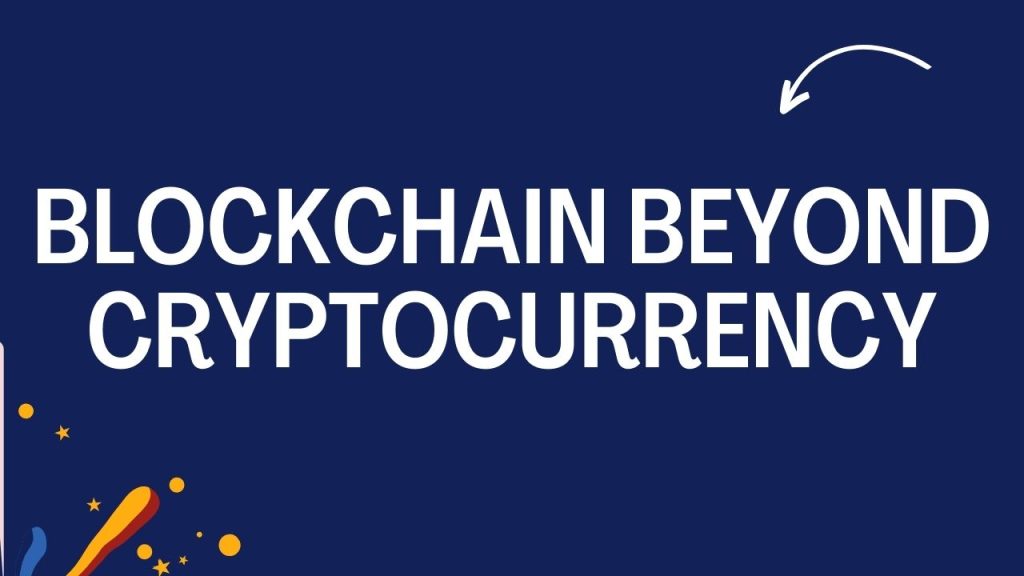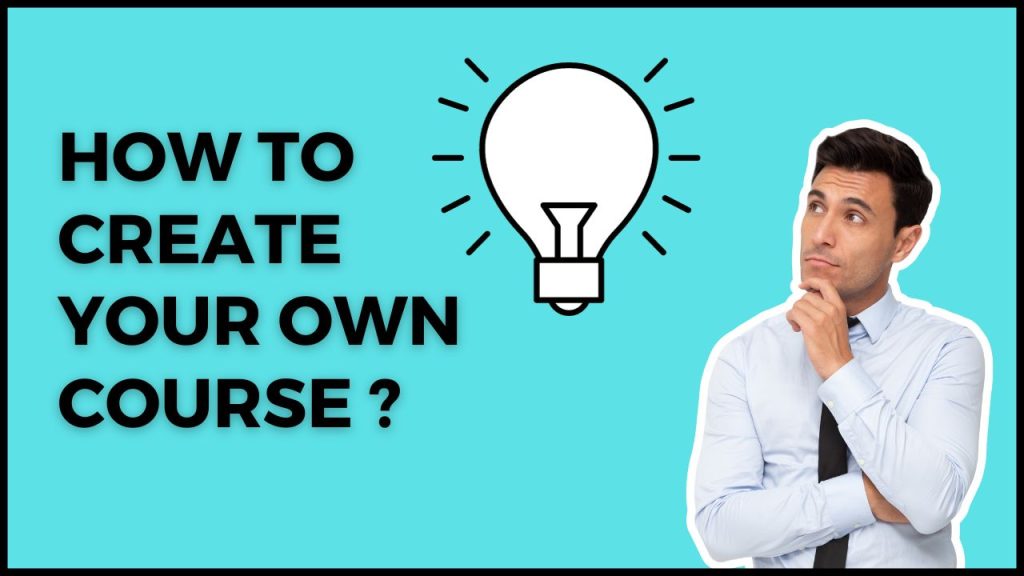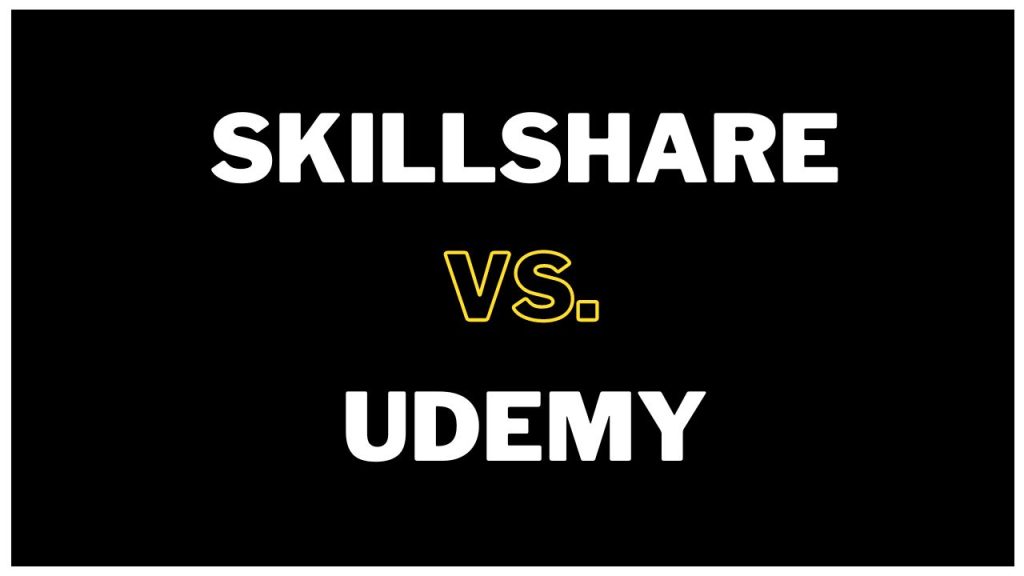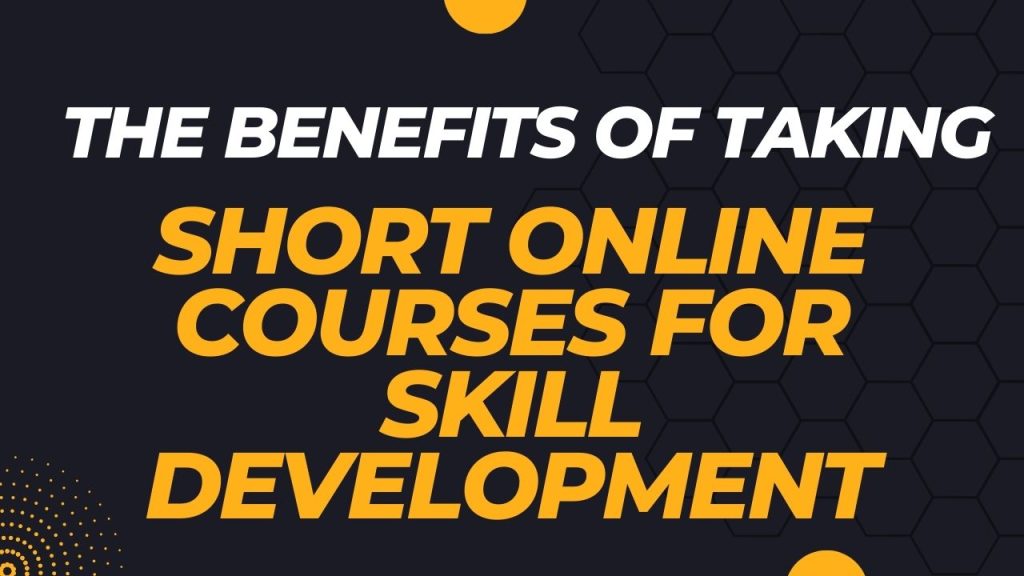“The future is already here – it’s just not very evenly distributed.”
– William Gibson
William articulated well the fact that despite having enormous opportunities and technological advancements, there are still factors such as economic inequalities , lack of proper infrastructure , indulging in meaningless entertainment , not having proper education and skills to use the information presented right in front of us, and not to
mention different cultural attitudes and political factors that keep us all separated and make us unable to make the best use of the information presented to us.
Knowledge is certainly one key aspect that helps us to stay ahead of the curve and to aid as leverage to a better life, but it’s the applied knowledge that is even more helpful. The main aim of this blog is to act as a reference of knowledge so that we get to introduce you to the amazing world of what is a blockchain, how it works, and so on. From there, you can apply and learn more about blockchain from various different courses online, or from YouTube or Coursera.
What is Blockchain?
There are a lot of online definitions of what blockchain is, and these topics are explained in depth by many online gurus and influencers. Simply put, at its core, blockchain is a ledger. A ledger is anything that stores information about accounts and transactions.
In the olden days, we used to have a book-keeping system, but there arose numerous difficulties, among which a few are: what if the accountant is falsifying the account transactions, or what if someone with malicious intent gets to destroy the account ledger so that his or her debts are cleared? Well, as it was not a trusted process to rely on paper, in the olden days, we used to have a complex banking and treasury system. These days, with the advancement of technologies, we can track, detect, and even prevent any attempts to modify the ledger. With multiple layers of security and encryption implemented, these days it’s very hard to commit such crimes.
Basic Data Units and Components of Blockchain
Now here is a list of definitions that help us to get to know this technology stack better:
Components of a Block
1. Data
A set of data, such as transactions, the code for a smart contract, or any other pertinent information, is stored in each block.
2. Hash
A distinct cryptographic hash of the block’s contents, often SHA-256. The integrity of the block is ensured by this hash.
3. Hash of the Previous Block
A pointer to the hash of the chain’s preceding block. The “chain” component of blockchain is created by this connection.
4. Timestamp
The block’s creation time
5. Nonce
A random integer that is employed in the mining process to identify a valid hash, used in Proof of Work.
6. Chains
A random integer that is employed in the mining process to identify a valid hash, used in Proof of Work.
7. Components of a Block
A series of interconnected blocks make up the blockchain. A continuous chain is created when a new block is added and it refers to the hash of the preceding block. Because of this chaining, no block can be changed without also changing all blocks that come after it. This chaining offers security and immutability.
Nodes and Networks
Nodes
Individual members of the network are known as nodes. They fit into the following categories:
Whole Nodes
These nodes verify transactions and store the whole blockchain. They support the decentralization and security of the network.
Miners (for Proof of Work)
In order to produce new blocks, miners compete to solve challenging mathematical challenges. They are paid and contribute transactions to the blockchain
Indicators of Stake Validation
In the context of blockchain technology, a network is the whole system of linked nodes, or computers, that take part in keeping the blockchain up to date. Users, validators, and miners are all part of it.
Network
Validators validate transactions according to the ownership (stake) they have in the coin. They don’t use resource-intensive mining to maintain the network.
Ledger
The comprehensive log of every transaction on a blockchain is called a ledger. Every block is included and arranged chronologically. Every member, or node, possesses a duplicate of this ledger.
This technology [blockchain] ensures transparency and security, which makes it an ideal system for various applications, which go beyond cryptocurrencies. You might have heard about blockchain being used in cryptocurrencies like bitcoin, but the concept of blockchain and its applications goes beyond crypto or digital currencies.
Now let’s have a look at real-world use cases where blockchain is used and implemented apart from cryptocurrencies.
Real-World Use Cases
1. Finance and Payments
Beyond cryptocurrency, blockchain is being used to process transactions in fiat currency (like dollars and euros). Unlike cryptocurrencies, we use this for real-life currency transactions. This helps in making and verifying transactions beyond normal business hours.
2. Healthcare
Blockchain guarantees the transparency and safety of a patient’s medical records. Healthcare practitioners may confirm the authenticity of medical histories, and patients can manage who has access to their data. This new technology and way of storing data on blockchain helps users and hospitals to defend better from rising cyber-crimes
3. Supply Chain Management
Blockchain monitors a product’s route from farm to fork. It improves traceability, guards against fraud, and guarantees the safety of food. Walmart, for instance, utilizes blockchain to track the provenance of food.
4. Real Estate
Blockchain streamlines real estate transactions, cutting down on fraud and bureaucracy. By automating procedures, smart contracts promote openness and confidence between buyers, sellers, and middlemen.
5. Elections
Blockchain can revolutionize our present voting systems. Elections are fair because meddling is prevented by immutable records. It can also offer safe digital identities, which lower identity theft. With the advent of blockchain-based electronic voting systems, we hope not to witness election frauds and scams anymore.
6. Intellectual Property (IP)
Creators, musicians, and artists may prove ownership and safeguard their rights by registering their works on a blockchain. Say goodbye to arguments over who composed that great song!
7. Energy and Sustainability
Peer-to-peer energy trading is made possible with the help of blockchain technology, allowing anyone to sell extra energy generated by solar panels. It also reduces dependency on centralized networks and encourages the use of renewable energy.
Facts and Statistics on Blockchain
- Adoption Growth: At a Compound Annual Growth Rate (CAGR) of 67.3%, the blockchain industry is predicted to rise from USD 3 billion in 2020 to USD 39.7 billion by 2025, according to research by MarketsandMarkets.
- Investment: Financial institutions are aggressively investing in blockchain research and development, with over 90% of the largest banks in North America and Europe investigating blockchain solutions.
- Work Market: Job posts for blockchain developers have increased by 300% a year, reflecting the explosive demand for these professionals.
Conclusion
I do hope that this blog gave some insights on what blockchain is, and how and where it’s being implemented. However, do make a note, it’s essential to understand both its potential and its applications. Mere knowing about the technology’s existence would not be enough.
“We are at the beginning of a technological revolution that is going to fundamentally change how we live, work, and relate to each other.”
– Klaus Schwab
Stay tuned on this website for more insights and updates on various technological advancements, other groundbreaking innovations, and the latest technological trends. Follow our blog to stay ahead of the curve!





